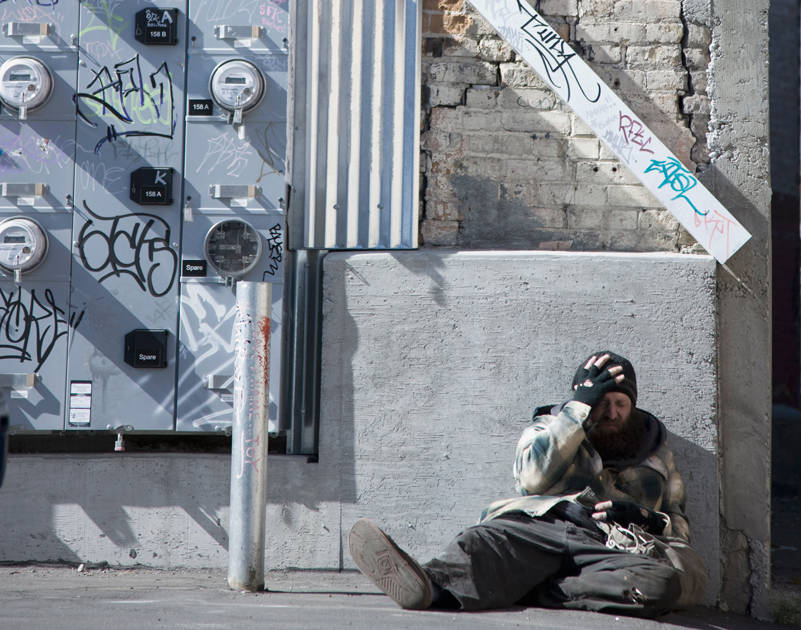By Morf Morford
Tacoma Daily Index
If you thought COVID highlighted the disparities in health care, travel, income and opportunity, you haven’t seen anything yet.
The holidays, dropping temperatures, accumulating deaths and increasing income disparity will reveal even deeper fractures in our body politic.
As you may have noticed, we’ve passed 2,000 COVID related fatalities, even approached 3,000, on a daily basis – one statistical nerd factored that out to one, almost two, deaths per minute across America.
And this surge, unlike some of the others, is hitting areas previously relatively immune (like Canada) and other areas previously hit hard (like Italy).
As I mentioned, the disparities are deeper, more visible and probably longer lasting than previous recessions or challenges.
Most of the eviction moratorium programs are set to expire the day after Christmas.
That means that as some of us are gathering, travelling and unwrapping presents, others are packing up, leaving what had been home and heading who-knows-where.
Our homeless numbers have been steadily increasing thanks to the decline, or even abrupt stop in many industries – especially service and hospitality. Restaurants and hotels, for example, have been closing, and most will never re-open.
Just as our recession, and what passes as a recovery, has been segment-specific, so have the impacts.
Some businesses, like Costco and Amazon (and most delivery services) are flourishing as never before, others are shriveling and locking their doors forever.
We’ve spent almost the entire year of 2020 exposed to this set of dynamics and pressures that have largely not changed – except in their intensity and accumulated impacts.
You’d think politicians and the myriad of government supported think-tanks and agencies would have projected such a set of possibilities, but even as we saw, or experienced, the multiplier effects of COVID, health care pressures, increasing deaths and economic collapse moving across our country and through our lives, that emergency programs or other programs would have been set in place for just such situations, and would kick-in and save lives and industries, and help people keep their homes and life savings.
We are far from the end of the health concerns and economic constrictions.
We have some politicians (and many citizens) clamoring to “re-open” the economy.
Yes, of course, virtually every one of us wants the economy to “re-open” – but only if it can stay open.
And it can only stay open when COVID is a distant, not immediate, threat.
If you think business closures are bad (and, of course, they are) the threat of recurring closures would even be worse.
Businesses, and the stock market, and most of us as individuals, love, if not absolutely need, stability.
We can take an impact of almost any kind or intensity, but uncertainty will shake us to the core.
But for any who are listening (as those think-tanks and agencies should have been) or even for those who have not been paying attention, the red lights have been flashing and the alarm bells have been going off for a long time now.
The multiple snowballs have accelerated into multiple landslides and they have grown into massive, unstoppable avalanches.
And we, especially those on the receiving end of these impacts, from evictions to business closures and bankruptcies to depletion of savings and retirement accounts, have to begin to wonder, if we haven’t already, what was the point of taxes that we’ve paid all these years?
Was no one setting aside savings (as any prudent home-owner would) for just such a set of difficult circumstances and challenges? (For the record, the state of Washington does in fact have a “rainy-day” fund set aside for such exigencies).
Those states (like ours) and individual households that have (or had) such a budgetary formula will be the first to recover.
As I’ve mentioned before, I’m a retired college level instructor. My first impulse when recovering from a challenge or difficult situation is “What should I learn from this?”
What most of us, from government entities to individuals or families, should be learning is that a little bit of preparation can save your life (or business).
The market, the world and even our relationships are full of surprises. Some are once-in-a-lifetime opportunities, others are once-in-a-generation catastrophes.
Our best strategy, one any of us should be able to afford, is to be prepared for the most unlikely event possible.
After all, every extreme event, from pandemic to earthquake, is considered “extreme” precisely because it never happened at that level before.
Invasions by aliens or the much-dreaded zombie apocalypse may be fictional (we hope) but they trigger a deep instinct to prepare for what had seemed impossible the day before it actually happened.
The high flood mark, for example, is only the highest until the next high flood mark.
Preparation has many faces, but the most important is almost always keeping the foundation solid.
If some are doing well, but a significant percentage is flailing even under good conditions, there are some problems with the system. If we can deal with them when we can afford to, they won’t overwhelm us when the crisis arrives.
And if 2020 has taught us anything, it is that crises arrive, and they don’t always arrive alone.
Some catastrophes, like human beings, travel together and gather momentum as they move.
There’s an old Amish saying, “One year of weeds yields seven years of seeds.”
A little neglect, in this case of weeds, creates many years of problems.
The same principle holds for leaky roofs, friendships and bank accounts.
The digital divide, instead of closing, has spread to many areas from school to vaccine availability.
Maybe we should modify our Pledge of Allegiance to “liberty and justice – and opportunity – for all.”





